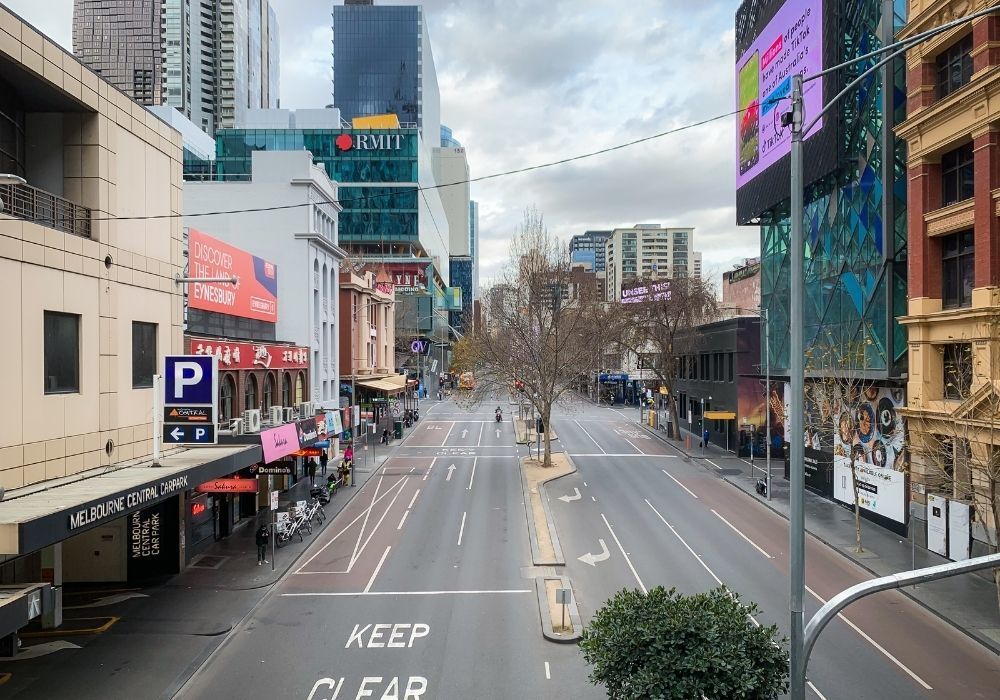The Rise of Drones and Trends to Watch
Perhaps 2020 will come to be remembered not only as the year of the Coronavirus but also as the year when drones really took off.
Already widely employed by the military to detect and mitigate risk, we have seen their increased use for public safety and security applications this year due to the COVID-19 pandemic. Around the world, drones have been implemented to police public gatherings, enforce social distancing, quarantines and curfews.
No doubt the fact that drones can be operated remotely without putting their operators at risk of infection has proved to be one of their major advantages in the context of COVID-19.
Let’s take a look at a few other ways in which drone use has been transforming security operations during COVID-19.
Site Inspections and Asset Management
Efficient and cost-effective, drones are especially good for inspecting remote sites and assets where it is difficult, hazardous, or in the context of COVID-19 ‘illegal’, to send in personnel. Now offering enhanced imaging capabilities such as high-resolution, thermal imaging, and 3D modelling, they make it easy to capture accurate data in hard to reach locations with minimal cost. Furthermore, fully-automated drones incorporating AI can be integrated with video management systems to operate as a reactive remote detection sensor that can respond to an incident in minutes.
Perhaps one of the most interesting developments utilising AI, is using drone-captured images to create 3D digital twins to provide near real-time status and working condition information. Could this technology also be incorporated into site inspections to automatically detect unexpected changes caused by damage, theft or vandalism?
Perimeter Security and Border Control
Implementing an effective perimeter security solution for remote or hazardous sites can be challenging, particularly where human access is strictly limited. Being able to detect and react to potential incidents fast, which can then be verified from a remote control-room without jeopardising the safety of personnel, has been crucial during COVID-19. Thermal imaging, real-time reconnaissance, target detection and tracking, have made for an ideal security solution for protecting national and state borders, even in poor visibility.
When NSW closed its border with Victoria at the beginning of July in response to the spike in community Coronavirus transmissions there, drones were enlisted to assist in the mammoth task of policing this. Already employed to monitor international borders around the world, there are now plans afoot to begin securing Australia’s borders in this way. The federal government has recently announced a $1.3 billion investment in a drone deployment programme.
Law Enforcement and Public Safety
Since the start of the COVID-19 pandemic, we have seen law enforcement agencies around the world employing drones in a number of ways. In Italy, drones went from monitoring lockdowns and issuing fines, to taking temperatures to detect potentially infected people. In Spain, they were used to warn people to stay home and in China they have been disinfecting public spaces and monitoring compliance with lockdown and wearing of masks. Closer to home, the WA police, who used drones to enforce social distancing during the lockdown, has recently added another 40 drones to their fleet. These drones will be carrying out tasks as diverse as land and marine searches, responding to serious incidents such as fatal crashes, tracking fugitive suspects and conducting land and water searches. In Victoria drones have been monitoring crowds in public spaces during the lockdown, as well as detecting people not wearing masks and scanning number plates of cars too far from home.
So, What Opportunities Does the Future Hold for Drone Applications?
The commercial drone market was calculated at AUD$19 billion in 2018 and is expected to grow to AUD$60 billion by 2024, showing great potential for the security segment of this market. The Australian Government is currently developing a national framework to manage drones, along with other new aviation technologies, to further enhance their use in a safe and controlled way without invading personal privacy. This should particularly help iron out some of the questions around the use of drones to police public gatherings, enforce safety measures such as physical distancing and mask-wearing.
As the country begins to open and we continue to live with the threat of COVID-19, drone technology will present many opportunities, even when the threat subsides. As larger public gatherings begin to take place again, when the time is right, such as festivals, outdoor exhibitions, public activations and sporting events – it can be assumed that drone activity will continue to uphold COVIDSafe restrictions, alongside general security and safety measures in public spaces.
To read more articles like this or to stay up to date with the industry, subscribe to the Security Focus Newsletter and receive monthly updates.
-
Stay up to date with the latest news and Security updates.
- Subscribe

